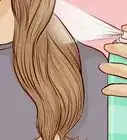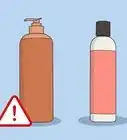This article was co-authored by wikiHow Staff. Our trained team of editors and researchers validate articles for accuracy and comprehensiveness. wikiHow's Content Management Team carefully monitors the work from our editorial staff to ensure that each article is backed by trusted research and meets our high quality standards.
This article has been viewed 265,448 times.
Learn more...
You may think that you can’t get 360 waves unless you have hair that is already curly, but that’s not necessarily true. If your hair has even the slightest bit of wave, you can train your hair to create 360 waves, but keep in mind that it may take several months to see results. If you’re going for this style, you’ll need to spend a lot of time brushing and maintaining your hair, but it’ll be worth it in the end!
Steps
Hair Brushing Techniques
-
1Determine your hair type to figure out if you have any natural wave at all. Grow your hair out so it’s at least 1 to 2 inches (2.5 to 5.1 cm) long so you can see if it has any natural wave to it. If it doesn’t, you probably have true type 1 hair (straight), which can be nearly impossible to wave. Consider the following when trying to determine your hair type:[1]
- 1: This type of hair has no curve to it at all when allowed to dry naturally.
- 2a: Your hair has a very slight wave to it when it air dries. It may only have waves in certain areas, like the ends rather than the roots.
- 2b: This type of hair is wavy all over and is more prone to frizz, but the roots may still lay pretty flat when they dry naturally.
- 2c: Your hair is wavy from top to bottom and is harder to coax into a straight style.
- 3a: This type of hair holds an “S” shape and has a definite pattern throughout.
- If you have type 1, 2a, 2b, or 2c hair, you may not be able to get the waves to work. You can try, but you’ll have much better luck if your hair is at least a 3a.
-
2Invest in a high-quality medium wave brush. Skip the hard brushes, as they will pull your already straight hair too much and ruin any potential waves you have going on. You can buy a medium wave brush online or at your local beauty or cosmetics store for $10-$15. Look for one that fits comfortably in the palm of your hand.[2]
- Look for a brush made of boar bristles. They won’t tear, split, or damage your hair like synthetic bristles would.
- If the brush irritates your scalp, try switching to a soft-bristled brush.
Tip: Don’t use a comb on your waves until they are fully established. A comb will help your curls show more and give them more definition, but it won’t create them.
Advertisement -
3Brush forward from the crown of your head toward your forehead 50 times. Make sure you cover the entire surface area of the front of your head for the best results. Brushing your hair often and for long periods forces it into a wave pattern and reinforces that pattern so that they will stay in place.[3]
- Because brushing your hair is going to become a big part of your daily routine, find a way to fit it into your regular schedule. For example, if you watch TV every night, do it during the commercial breaks.
- Try to always brush your hair in the same pattern. For example, don’t brush straight forward from the crown of your head to your forehead one day and then switch to brushing from the crown of your head down at a slant the next day.
-
4Create waves in the back by brushing from your crown to the nape of your neck. Do this 50 times, too. Use a mirror if you need to in order to make sure that you’re brushing every single section of your hair—it can be easy to miss a patch when you’re working on an area you can’t see easily![4]
- Many people neglect to form waves in the back because it can be harder to reach, but this creates an uneven look.
- Remember to brush your hair the same way each time you do it. The bristles will do most of the wave-forming work for you, but you must be consistent with the direction in which you brush every single time.
-
5Complete the regimen by brushing the sides of your hair toward your chin. Make 50 brush strokes on each side of your head. Angle the brush strokes downward slightly so that the brush is pointed toward your chin rather than toward your cheekbones.[5]
- It may take up to 6 weeks to start seeing waves if you have straight-textured hair. Some people are lucky and have success after just a couple of days, but keep in mind that you may need to show a little more patience.
-
6Brush your hair at least 3 separate times during the day, if not more. The more you brush your hair, the faster your waves will appear and the more defined they’ll be. Each time you brush your hair, aim to hit the 50-stroke mark on the top, back, and sides of your head.[6]
- If you happen to miss a day, that’s okay! Just pick up the next day with your regular brushing routine.
Regular Maintenance
-
1Keep up your daily brushing regimen to maintain your waves. Once your waves have developed, you still need to brush them several times a day so keep them in pristine condition. If you don’t, they could revert to their natural look.[7]
- With patience and commitment to the process, you can hopefully develop some awesome 360 waves, even with straight-textured hair!
-
2Avoid running your hands through your hair. While it may feel good, putting your fingers through your hair will undo all the brushwork you’ve done. It’s important to leave your hair alone and only touch it when you’re brushing or washing it.[8]
Tip: If you do have to touch your hair or need to scratch your head, just try to do it so that your movements mimic that of your hairbrush. Rather than pushing back toward the crown of your head, pull forward toward your forehead.
-
3Wear a durag at night to protect your hair and developing waves. Start utilizing the durag from day one of your wave development. Invest in a silk durag for the best results. When you tie the durag, make sure any seams are on the outside so that they don’t leave an impression in your hair. If you’re worried about the durag coming undone in the night, use a fabric headband to add some extra security.[9]
- Durags are also sometimes called wave caps.
- Don’t forget to wash your durag regularly. Just like your hair, it can develop a buildup of product. Once a week should be enough to keep it in tiptop condition.
-
4Visit a hairdresser every 2-4 weeks to get your waves cut in and trimmed. When you go to the barber or hairdresser, tell them you’re working on developing waves and that you want your hair cut in layers. This can give the illusion of waves and make what you have look more defined.[10]
- If your hairdresser doesn’t know what 360 waves are, find someone who does. The right hairstylist can do wonders for helping people with straight-textured hair develop waves.
Haircare and Styling Tips
-
1Wash your hair once a week so you don’t undo the developing waves. Comb or brush your hair before you wash it so that any built-up product loosens up. Wash your hair twice—once to remove the product, and once to clean your hair.[11]
- While you can use any kind of shampoo, there are some brands made specifically for waves. Or, you could use a curl-enhancing shampoo.
-
2Co-wash your hair if it needs to be cleaned between your regular washes. Use just conditioner to “wash” your hair if it needs it every 3-4 days. This will remove grease and dirt but it won’t strip away the oils that your waves need to stay healthy.[12]
- Remember to use sulfate and paraben-free products.
-
3Brush your hair in the shower to continue encouraging those waves. When your hair is wet, it’ll be in its softest state and less likely to break when brushed. Use your wave brush and follow the same routine you use throughout the day.[13]
- Let your wave brush dry completely before you use it on dry hair. Or, keep a separate brush in the shower that is just for wet brushing.
-
4Apply a curl enhancer after you shower. Brushing your hair so often dries it out, so you need to use some kind of moisturizing product once you get out of the shower. Use a coin-sized amount of enhancer or conditioner and use your fingers to spread it evenly through your hair.[14]
- If you’re into all-natural beauty products, you could even use sweet almond oil, olive oil, or an all-natural pomade.
-
5Use a natural moisturizer on your waves 1-2 times per week. Look for pomades and hair creams that don’t have any petroleum in them. Depending on how dry your hair gets between washes, you may want to use a moisturizer every 3-4 days to help keep your waves in place.[15]
- Products with shea butter, coconut oil, olive oil, or other natural oils are going to be the gentlest on your hair.
- Using moisturizer too often can cause a buildup of grease and clog your pores, which is not the look you’re going for.
Community Q&A
-
QuestionHow long will this take?
 Community AnswerIt could take a few weeks or a few months. It depends how badly you want them. The more you brush, the faster they come.
Community AnswerIt could take a few weeks or a few months. It depends how badly you want them. The more you brush, the faster they come. -
QuestionCan I get wavy hair with a small afro?
 Community AnswerYes, you can brush your hair out and use conditioner in it. This should turn your small afro into beautiful waves.
Community AnswerYes, you can brush your hair out and use conditioner in it. This should turn your small afro into beautiful waves. -
QuestionCan I use curl enhancer if I have straight hair?
 Community AnswerYes, but you should only use it once or twice a week. You should also use it after shampooing your hair.
Community AnswerYes, but you should only use it once or twice a week. You should also use it after shampooing your hair.
Things You’ll Need
Creating Waves
- Medium wave brush
Maintaining Your Hairstyle
- Medium wave brush
- Durag
Showering and Styling Your Hair
- Shampoo
- Conditioner
- Wave brush
- Curl enhancer
- Pomade or moisturizer
References
- ↑ https://www.menshairstylestoday.com/white-hispanic-asian-people-with-waves/
- ↑ https://www.menshairstylestoday.com/white-hispanic-asian-people-with-waves/
- ↑ https://youtu.be/RRgC7stkYlo?t=159
- ↑ https://www.menshairstylestoday.com/white-hispanic-asian-people-with-waves/
- ↑ https://www.menshairstylestoday.com/white-hispanic-asian-people-with-waves/
- ↑ https://www.menshairstylestoday.com/white-hispanic-asian-people-with-waves/
- ↑ https://www.menshairstylestoday.com/white-hispanic-asian-people-with-waves/
- ↑ http://coolmenshair.com/get-waves-with-straight-hair/
- ↑ https://www.menshairstylestoday.com/white-hispanic-asian-people-with-waves/

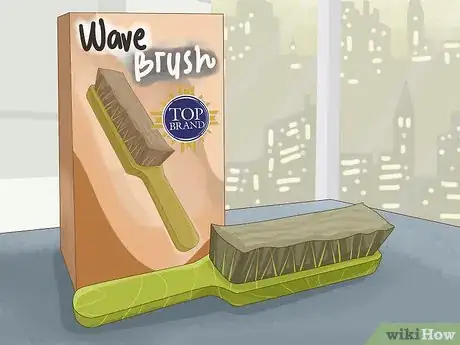
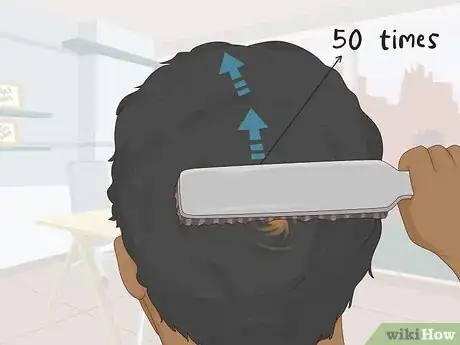
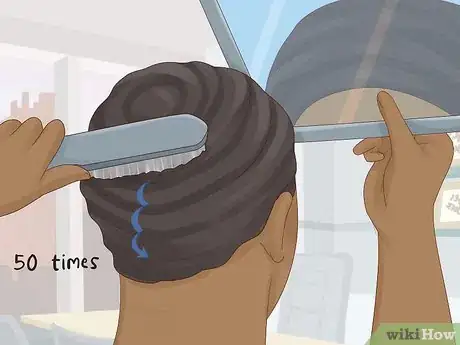
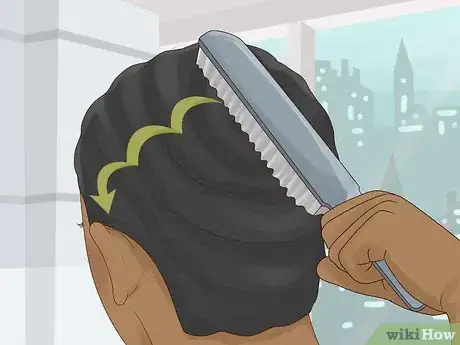
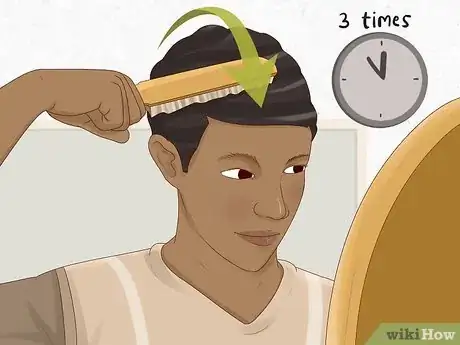
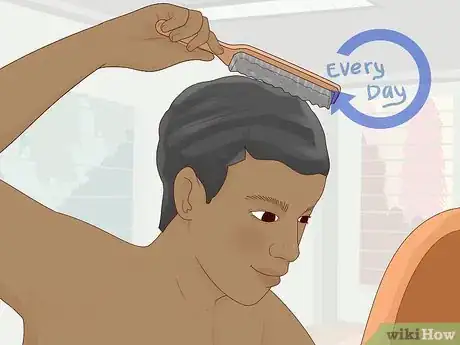
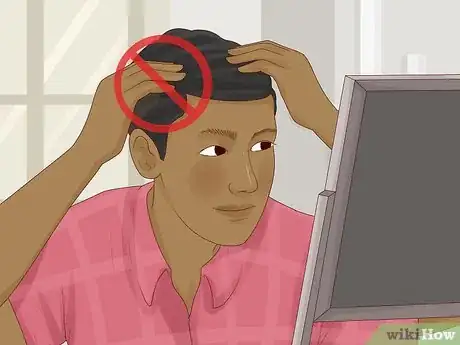
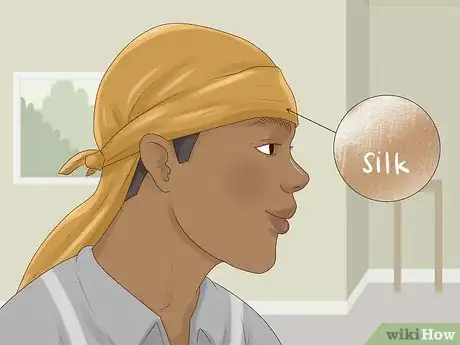
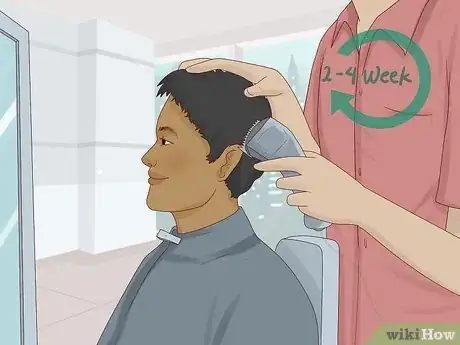
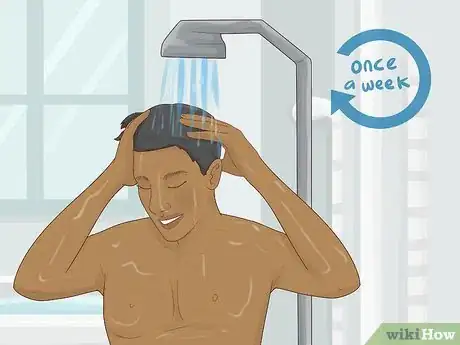
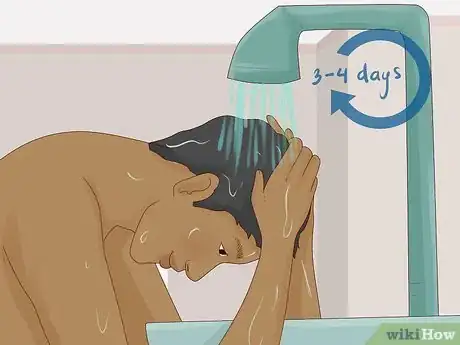
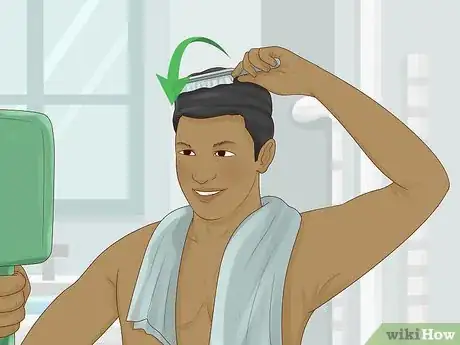
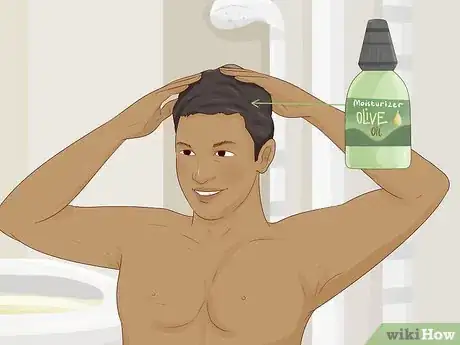
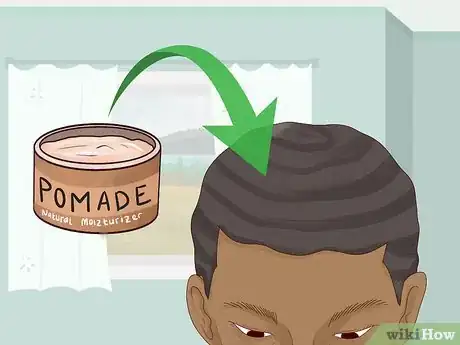
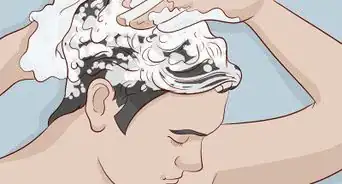
-Step-11-Version-5.webp)
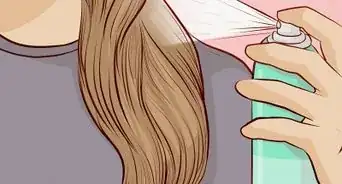
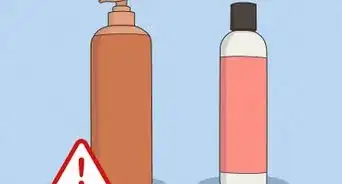
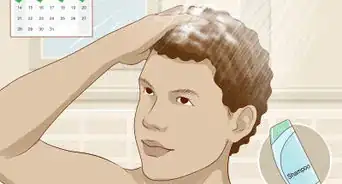
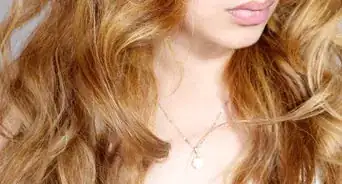

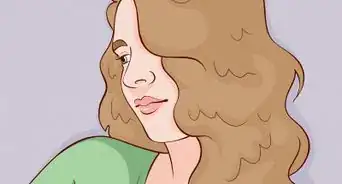
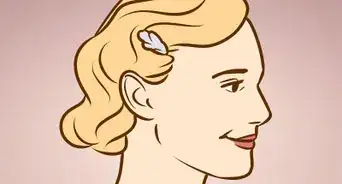







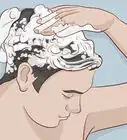
-Step-11-Version-5.webp)
